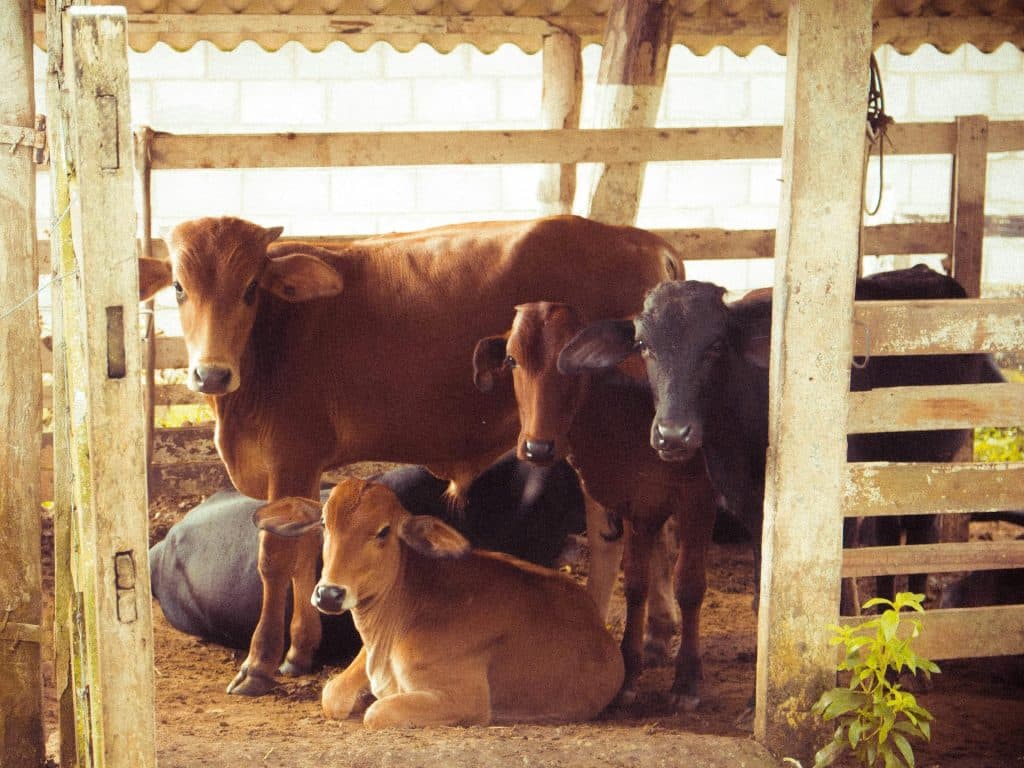
Knowing the parts of beef and their uses has many advantages. It will allow us to get the most out of our recipes, but also to more fully manage the domestic economy and modulate the contribution of saturated fats from this red meat. Jaime Cejudocategory manager for Fresh Meat and Fish at ALDI Supermarkets accompanies us on this journey through one of the most common products in our pantry.
What are the most tender parts of beef?
As a good connoisseur of the meat product, Cejudo points out that not everything we consider as ‘veal’ is, strictly speaking, veal. There is the white beefwhich is that of the animal sacrificed before 8 months. It is the most tender, easy to recognize due to its lighter tone. The veal as such it is that of the animal sacrificed between 8 and 12 months. Between 12 and 24, it becomes yearling (red, tender, marbled and with more flavor). From 24 to 48 it is heifer (much redder and more intense flavor). From the age of 4, we talk about Senior Beef. It is already an intense red meat and a much deeper flavor.
The age of the animal is a key starting point if we seek to locate the most tender pieces or parts of the beef, so that they are easier to cut and chew. In other words, a white beef steak is usually more tender than a beef steak. But the origin of the piece also influences, that is, what part of the animal it has been cut from. “Even the type of cooking will influence the tenderness. Sirloin, high loin and low loin son, without a doubt, the most tender, but pieces like the tail or cheekThey give rise to extraordinarily succulent stews,” explains Cejudo.
Which parts have the least fat?
Veal, in general, provides about 21 grams of fat per 100 grams, with a slightly higher distribution of unsaturated fats than saturated fats (Bedca data). This composition, however, varies depending on the part of the animal from which they come. “Lean cuts, that is, those that have less fat, are usually cuts classified as 1st B or 2nd,” says Cejudo.
1ªB cuts include shoulder and needle (very juicy for steaks), the tail or tip of hip (great for scallops, stuffed meat or for stew) and the contrape (best for stews or casseroles).
The 2nd category cuts group together the fins (drier, but ideal for preparing stews with onions or vegetables), the blood sausage or shank (a classic for stews, and the basis of ossobuco) and the plain (for roasts or stews).
The fat content of red meat makes it the focus of many consumers for health reasons. For this reason, in many supermarkets where meat is already sold in trays, the external fat is polished from some pieces of the round or the lid.

Which ones are best in grilled steaks?
The grill is the great litmus test for meat. Cejudo advises grilling the steaks “at a high temperature and for a short time. This way they will be tender on the inside, and slightly toasted on the outside.”
The best parts of beef for grilling steaks are the sirloin, high loin and low loin. “I also recommend some cuts from the hindquarters, such as the hip and stifleor even the front cut, like the needle”, declares the expert.
What are the best parts of beef to stew?
Stewed meat allows us to take advantage of larger priced pieces. The key to making them tender is to let them cook over low heat for about two hours (or about 25 minutes in a slow cooker). “The meat for stew comes from neck, needle and blood sausage. They are irregular pieces, but ideal for preparing stews,” says the expert.
Beef parts for barbecue
For a barbecue, the best cuts of beef are those that combine flavor, juiciness and resistance to cooking over direct heat. In addition to the high and low loin and the entrailsFrom Argentina we have learned to take full advantage of strip roast or churrasco, and vacuum.
Best parts of beef for roasting
For the meat to turn out well in the oven, it must be juicy by nature. That’s why roasts are delicious with high loin, shoulder and hip of beef. The beef chuck, a piece with a higher percentage of fat, is also very juicy.
The traditional recipe book also very often uses beef round. This classic among roasts is not a particularly juicy piece, but it is compensated by accompanying it with sauces or incorporating fillings that give it juiciness.

What are the differences between sirloin and high and low loin?
They are, without a doubt, the three most valued pieces of the animal. Cejudo explains where each of them comes from.
- high loin. Coming from the upper 8 ribs. Much larger in size than the rest of the loin, and with greater fat infiltration. If we want to make a great steak, this is the ideal piece.
- low loin. It is located under the upper back, on the next 5 ribs. It is usually served boneless and its cut is known as entrecôte, with a thinner and narrower shape.
- Sirloin. This piece is located on the inner side of the lower spine. It is the smallest and most appreciated on the spine. From each beef or yearling you can only take a sirloin of about 2-3 kilograms. Hence its high price.
Best pieces for minced meat
Here we have two alternatives. If we want to prepare some Tasty and juicy burgers, it is best to opt for needle. “They have the right amount of infiltrated fat to provide flavor and juiciness to these recipes,” says Cejudo.
In the event that we want to prepare meatballs, bolognese or fillings for empanadas, “any other piece of lower economic value works for us. By chopping the meat we are breaking its structure, so the tenderness value that is valued in some pieces does not make sense and we can opt for more expensive pieces.”
ALDI offers all fresh and domestically sourced meat. Among the wide selection of fresh meats offered by the company, consumers can find chicken, turkey, beef, lamb, pork and quail, with 100% of the references of national origin.
Furthermore, the company is committed to the Spanish product and maintains long-term relationships of trust with suppliers in the country, with whom it shares a common vision of quality and respect for the product.
The ALDI Council
Meat is a very perishable food. What is sold in fillets or cubes in the refrigerated area is packaged in a protective atmosphere. This does not affect its quality, nor does it alter the flavor, but it does allow it to last a little longer. Remember that it is a product with an expiration date, which will always be clearly visible on the packaging.

Jaime Cejudo. Agricultural Engineer in the Agrarian Industries profile. He has experience in the animal production sector, the meat industry and the marketing of fresh meat products for more than 25 years. He is currently a Fresh Meat and Fish category manager at ALDI.







